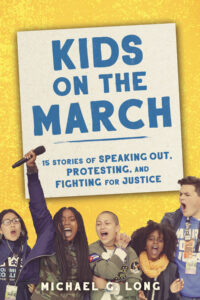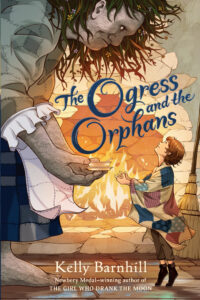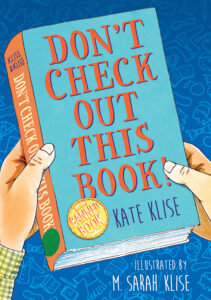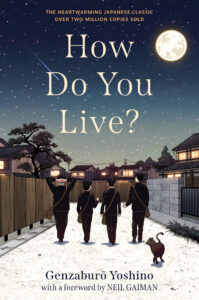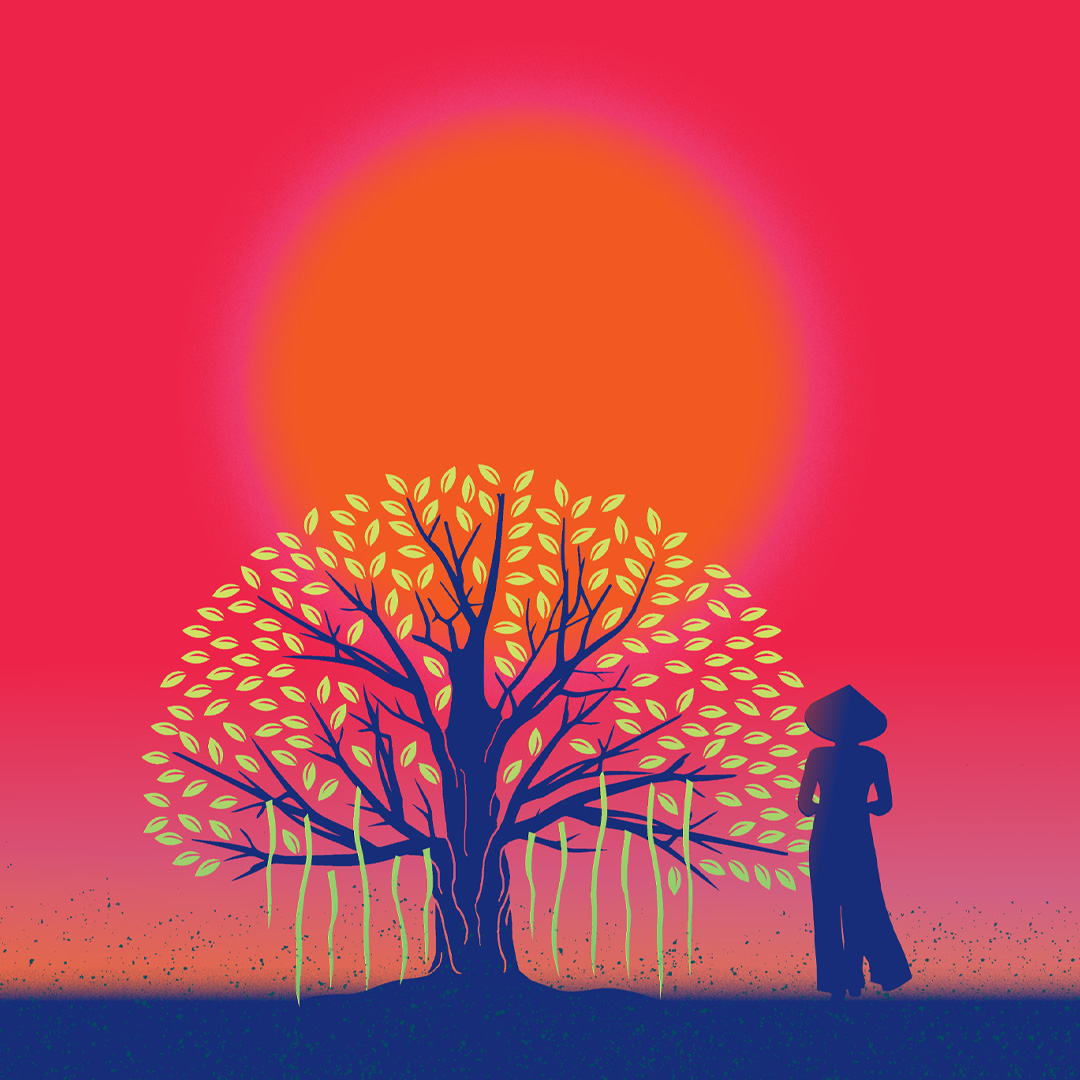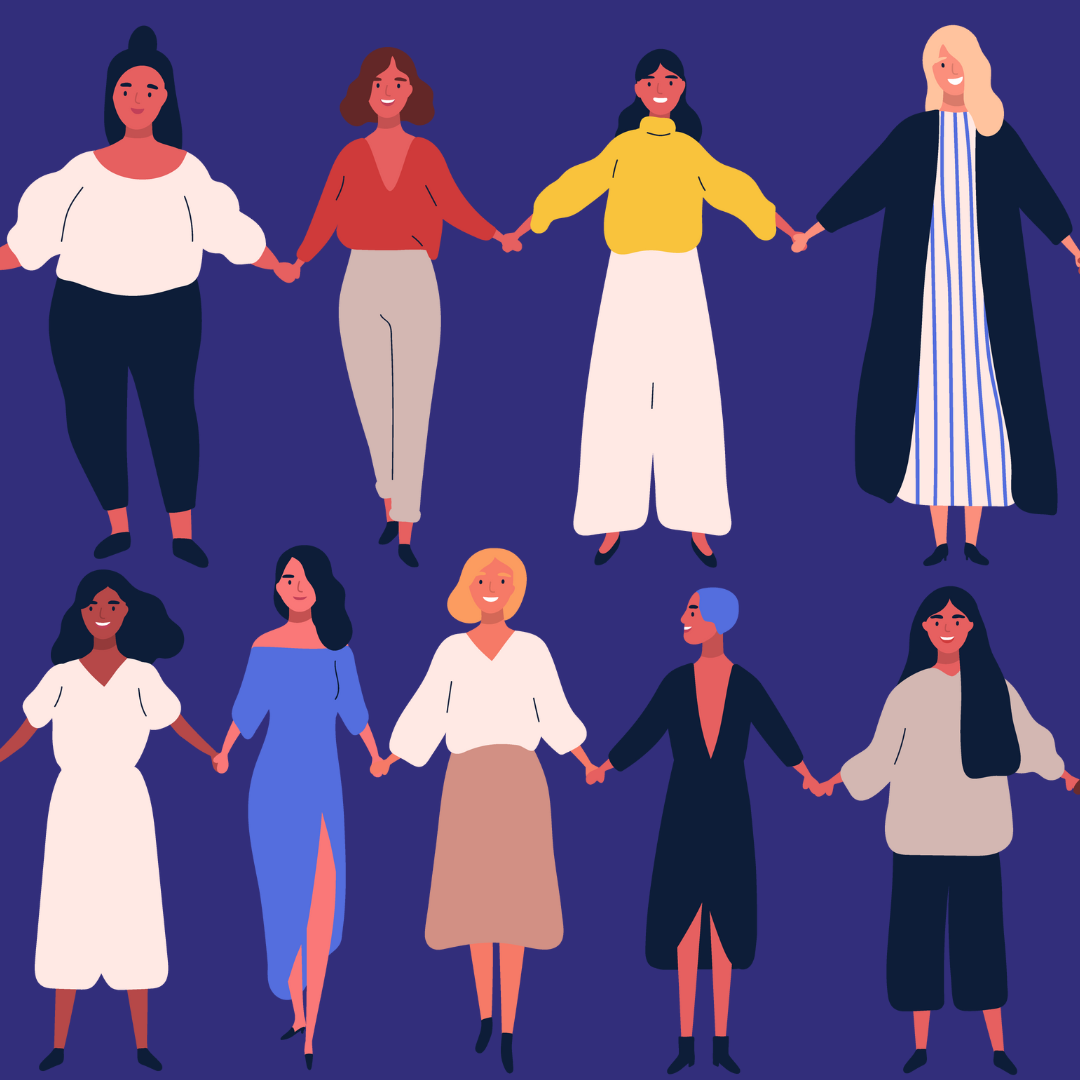Reading Lists for These Times: For Young Readers
Recent events have left many of us feeling worried and uneasy, and in times like these we need reminders of the courage and strength around the world. We hope you and the young readers in your life find comfort in these nonfiction books about determined children and the impact they have on their communities and in these novels about love, generosity, and kindness. We send wishes for peace, hope, and strength to readers of all ages, everywhere.
Girlhood by Masuma Ahuja
What does a teenage girl dream about in Nigeria or New York? How does she spend her days in Mongolia, the Midwest, and the Middle East?
All around the world, girls are going to school, working, dreaming up big futures—they are soccer players and surfers, ballerinas and chess champions. Yet we know so little about their daily lives. We often hear about challenges and catastrophes in the news, and about exceptional girls who make headlines. But even though the health, education, and success of girls so often determines the future of a community, we don’t know more about what life is like for the ordinary girls, the ones living outside the headlines.
From the Americas to Europe to Africa to Asia to the South Pacific, the thirty teens from twenty-seven countries in Girlhood share their own stories of growing up through diary entries and photographs, and the girls’ stories are put in context with reporting and research that helps us understand the circumstances and communities they live in. This full-color, exuberantly designed volume is a portrait of ordinary girlhood around the world, and of the world, as seen through girls’ eyes.
Kids on the March by Michael G. Long
From the March on Washington to March for Our Lives to Black Lives Matter, the powerful stories of kid-led protest in America.
Kids have always been activists. They have even launched movements. Long before they could vote, kids have spoken up, walked out, gone on strike, and marched for racial justice, climate protection, gun control, world peace, and more.
Kids on the March tells the stories of these protests, from the March of the Mill Children, who walked out of factories in 1903 for a shorter work week, to 1951’s Strike for a Better School, which helped build the case for Brown v. Board of Education, to the twenty-first century’s most iconic movements, including March for Our Lives, the Climate Strike, and the recent Black Lives Matter protests reshaping our nation.
Powerfully told and inspiring, Kids on the March shows how standing up, speaking out, and marching for what you believe in can advance the causes of justice, and that no one is too small or too young to make a difference.
The Ogress and the Orphans by Kelly Barnhill
Stone-in-the-Glen, once a lovely town, has fallen on hard times. Fires, floods, and other calamities have caused the people to lose their library, their school, their park, and even their neighborliness. The people put their faith in the Mayor, a dazzling fellow who promises he alone can help. After all, he is a famous dragon slayer. (At least, no one has seen a dragon in his presence.) Only the clever children of the Orphan House and the kindly Ogress at the edge of town can see how dire the town’s problems are.
Then one day a child goes missing from the Orphan House. At the Mayor’s suggestion, all eyes turn to the Ogress. The Orphans know this can’t be: the Ogress, along with a flock of excellent crows, secretly delivers gifts to the people of Stone-in-the-Glen.
But how can the Orphans tell the story of the Ogress’s goodness to people who refuse to listen? And how can they make their deluded neighbors see the real villain in their midst?
Don’t Check Out This Book! by Kate Klise
Is the sweet town of Appleton ripe for scandal?
Consider the facts:
- Appleton Elementary School has a new librarian named Rita B. Danjerous.
- Principal Noah Memree barely remembers hiring her.
- Ten-year-old Reid Durr is staying up way too late reading a book from Ms. Danjerous’s controversial “green dot” collection.
- The new school board president has mandated a student dress code that includes white gloves and bow ties available only at her shop.
Sound strange? Fret not. Appleton’s fifth-grade sleuths are following the money, embracing the punny, and determined to the get to the funniest, most rotten core of their town’s juiciest scandal.
How Do You Live? by Genzaburō Yoshino
First published in 1937, Genzaburō Yoshino’s How Do You Live? has long been acknowledged in Japan as a crossover classic for young readers.
How Do You Live? is narrated in two voices. The first belongs to Copper, fifteen, who after the death of his father must confront inevitable and enormous change, including his own betrayal of his best friend. In between episodes of Copper’s emerging story, his uncle writes to him in a journal, sharing knowledge and offering advice on life’s big questions as Copper begins to encounter them. Over the course of the story, Copper, like his namesake Copernicus, looks to the stars, and uses his discoveries about the heavens, earth, and human nature to answer the question of how he will live.
This first-ever English-language translation of a Japanese classic is about finding one’s place in a world both infinitely large and unimaginably small.


